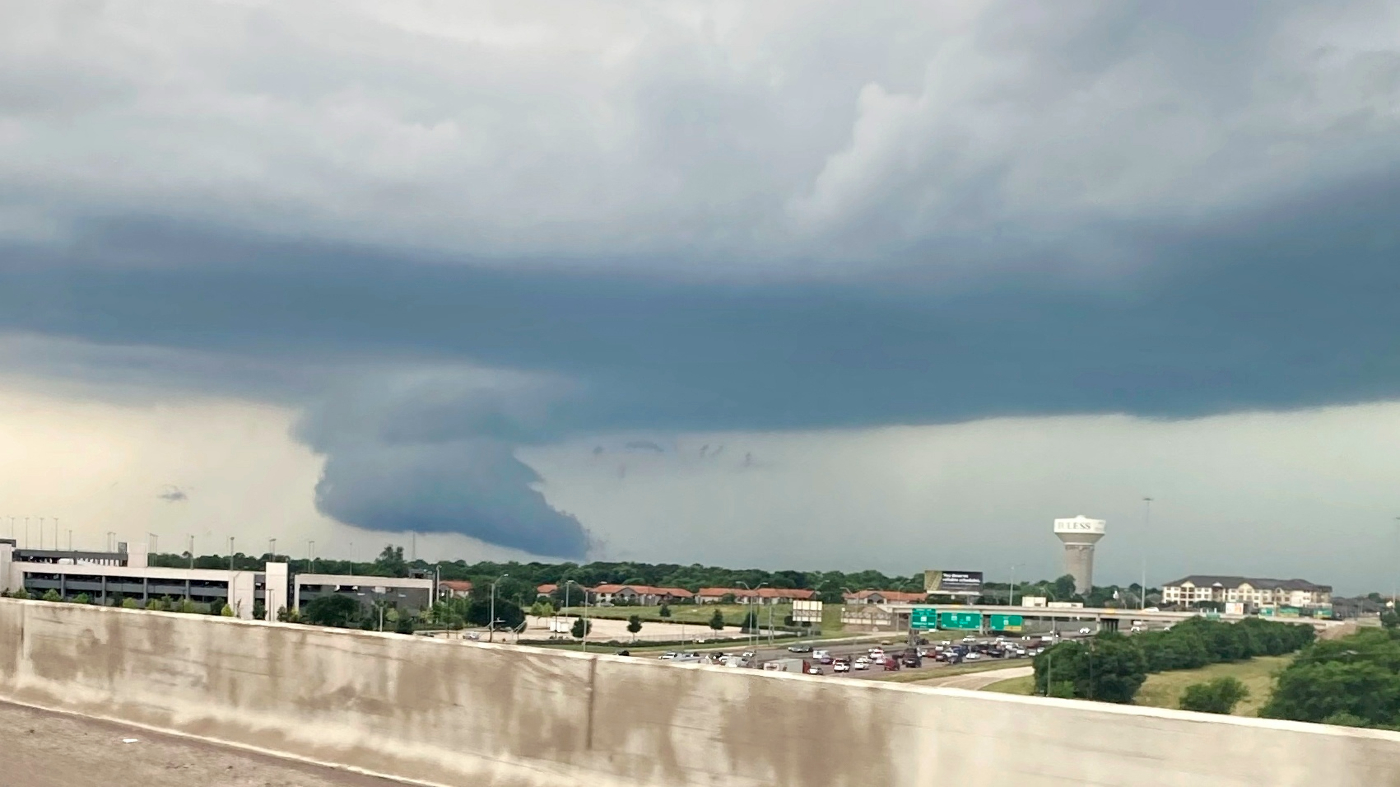Recent weather challenges in Texas have underscored the critical importance of building resilient urban infrastructure. From extreme heatwaves to severe storms and power outages, the Lone Star State has faced numerous weather-related difficulties. These events have not only disrupted daily life but have also highlighted the need for urban areas to be better prepared and resilient in the face of climate change.
Texas Weather Challenges: A Growing Concern: Texas is no stranger to extreme weather events. The state experiences scorching summers with record-breaking temperatures, hurricanes, and unexpected winter storms. Recent events like the February 2021 winter storm left millions without power and water, exposing vulnerabilities in urban infrastructure.
Infrastructure Resilience: A Vital Solution: The need for urban infrastructure resilience has never been more evident. Resilience in this context refers to the ability of cities and communities to withstand and recover from adverse weather conditions while maintaining essential functions and minimizing disruption.
Key Aspects of Urban Infrastructure Resilience:
- Energy Infrastructure: Ensuring a stable and reliable energy supply, especially during extreme weather events, is crucial. Investments in grid modernization, renewable energy sources, and backup power systems can enhance energy infrastructure resilience.
- Water Systems: Reliable access to clean water is essential. Texas cities must invest in infrastructure improvements to prevent water scarcity during droughts and safeguard water treatment plants from storm damage.
- Transportation: Resilient transportation networks are vital for evacuations and everyday commuting. Developing flood-resistant roads, bridges, and public transit systems can reduce disruptions caused by severe weather.
- Communication: Effective communication during emergencies is critical. Upgrading communication infrastructure to withstand extreme conditions and ensuring widespread access to emergency alerts is imperative.
- Housing and Shelter: Adequate housing and shelter options for vulnerable populations during extreme weather events are essential for public safety and well-being.
Stats and Figures:
- Texas experienced over 37 extreme weather events between 2010 and 2020, resulting in over $150 billion in damages.
- The 2021 winter storm led to more than 111 deaths and economic losses exceeding $195 billion.
The Path Forward: Addressing urban infrastructure resilience requires a comprehensive and collaborative effort involving government agencies, communities, and private stakeholders. Investments in research, technology, and sustainable practices are essential to create more resilient cities.
Benefits of Resilient Infrastructure:
- Improved public safety and reduced loss of life during extreme weather events.
- Increased economic stability by minimizing disruptions to businesses and essential services.
- Enhanced quality of life for residents, with better access to reliable utilities and transportation.
- Attraction of investments and businesses to cities with resilient infrastructure.
Read More:
- An NYC Mother and Son Are Suing Over “Traumatizing” CPS Investigations!
- NYPD Arrests NYC Woman Suspected of Hitting Man with Hot Coffee in Hate Crime!
Conclusion: The challenges posed by recent weather events in Texas serve as a wakeup call for the need to prioritize urban infrastructure resilience. By investing in infrastructure improvements, adopting sustainable practices, and fostering a culture of preparedness, Texas cities can better withstand the challenges of a changing climate and ensure a safer, more resilient future for their residents.




